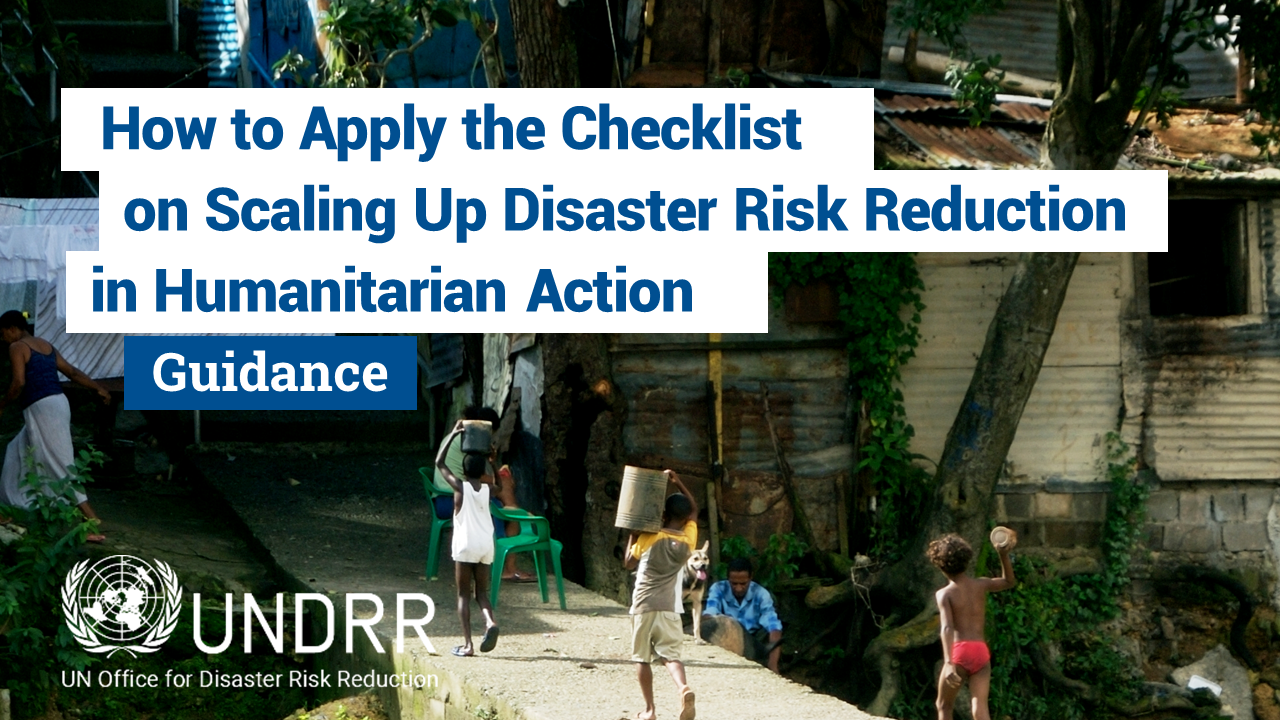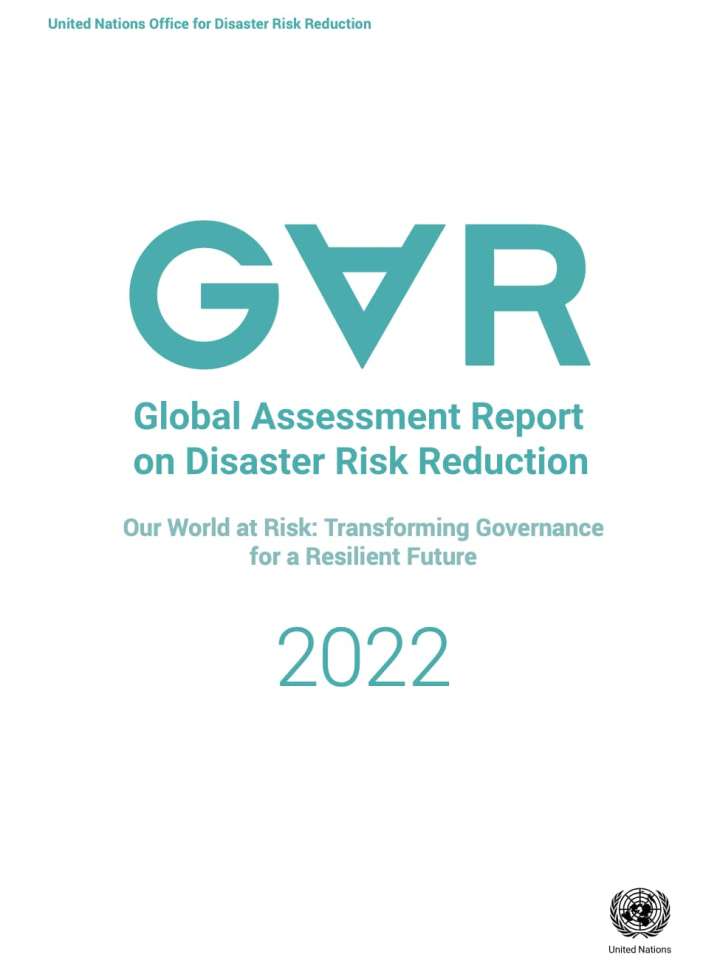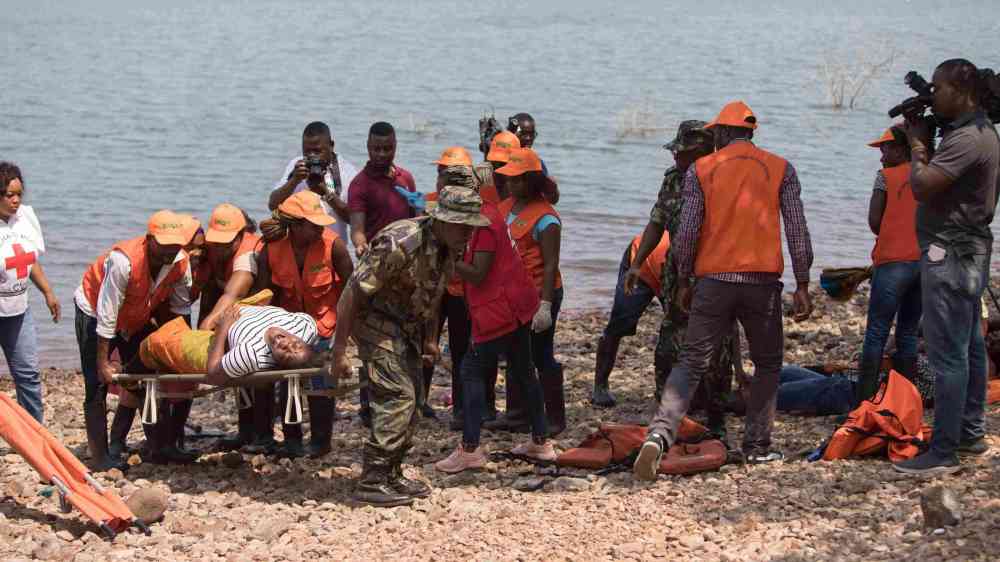Scaling up DRR in humanitarian action
The world is experiencing an unprecedented moment of fragility and uncertainty. Climate-fuelled disasters are more frequent and intense, while the COVID-19 pandemic has demonstrated the interconnected and cascading nature of risk.
According to the Global Humanitarian Overview (GHO) 2023, a record 339 million people require humanitarian assistance and protection in 2023 – a significant increase from 274 million people a year ago, which was already the highest figure in decades.
The impact of disasters on vulnerable populations threatens to increase humanitarian needs and to reverse progress towards achieving the Sustainable Development Goals (SDGs). Opportunities to ensure that humanitarian analysis, planning and action is risk-informed need to be systematically seized as countries affected by crises and protracted conflicts are among those most vulnerable to the impacts of disasters.
Scaling up disaster risk reduction (DRR) in humanitarian and fragile contexts is critical as it complements emergency response with a focus on reducing exposure and vulnerability. DRR integration also helps to ensure that no one is left behind, as marginalization and social inequalities reinforce vulnerable populations’ exposure to disasters. Increased resilience will ultimately contribute to the wider goal of eradicating global poverty and exclusion.
“To promote the incorporation of disaster risk management into post-disaster recovery and rehabilitation processes, [it is important to] facilitate the link between relief, rehabilitation and development, [to] use opportunities during the recovery phase to develop capacities that reduce disaster risk in the short, medium and long term.”
Sendai Framework for Disaster Risk Reduction
How to integrate DRR in humanitarian action
The integration of disaster risk reduction (DRR) in humanitarian action remains a work in progress as only a few good practices stemming from concrete previous experiences are available and replicable. This page attempts to cover that gap by providing resources and good practices to advance progress.
Scaling up DRR in humanitarian action involves two aspects:
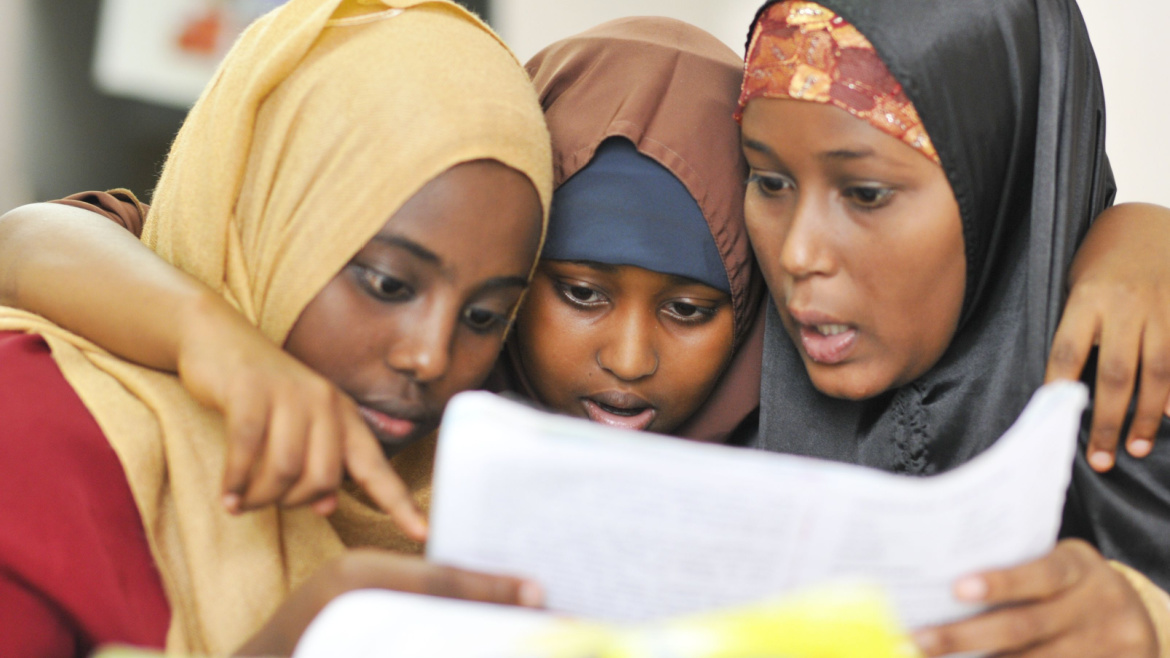
Reducing populations’ vulnerability and building resilience to disasters and hazards in humanitarian settings
Under the first aspect, interventions would relate to disaster risk management activities to reduce the suffering and build the capacities of vulnerable populations, making sure that they are resilient to hazards and underlying risk drivers. For instance, this refers to ensuring that risk analysis forms an integral part of planning and ensuring that resilience-building is an integral part of programming at country and local levels.

Introducing approaches to risk-inform humanitarian action
The second aspect concerns endeavours that ensure that humanitarian strategies and programmes are sufficiently risk-informed and that humanitarian actors understand the notion of systemic risk and use it to inform their decisions. For example, this includes an analysis of potential multi and cascading hazards and determining how humanitarian situations might evolve and how this will inform planning.
Build your capacity
This training is designed to assist relevant actors in adopting a risk-sensitive approach when preparing Humanitarian Needs Overviews (HNOs) and subsequent Humanitarian Response Plans (HRPs) as part of the Humanitarian Programme Cycle (HPC).
It outlines key steps for analyzing potential hazards and their risk levels, determining how humanitarian situations might evolve over a given period of time, and informing contingency planning, preparedness measures, and early actions ahead of possible developments to reduce risk. It also helps to ensure strategies and programs are sufficiently robust to withstand changes in the operational environment.
In addition, the two-pager guidance on how to apply the Checklist on Scaling Up Disaster Risk Reduction in Humanitarian Action offers comprehensive direction for humanitarian, development, and peace actors. It outlines key steps for effectively applying this tool to reduce risks and integrate risk reduction into global and national planning and programming.
Know the key publications

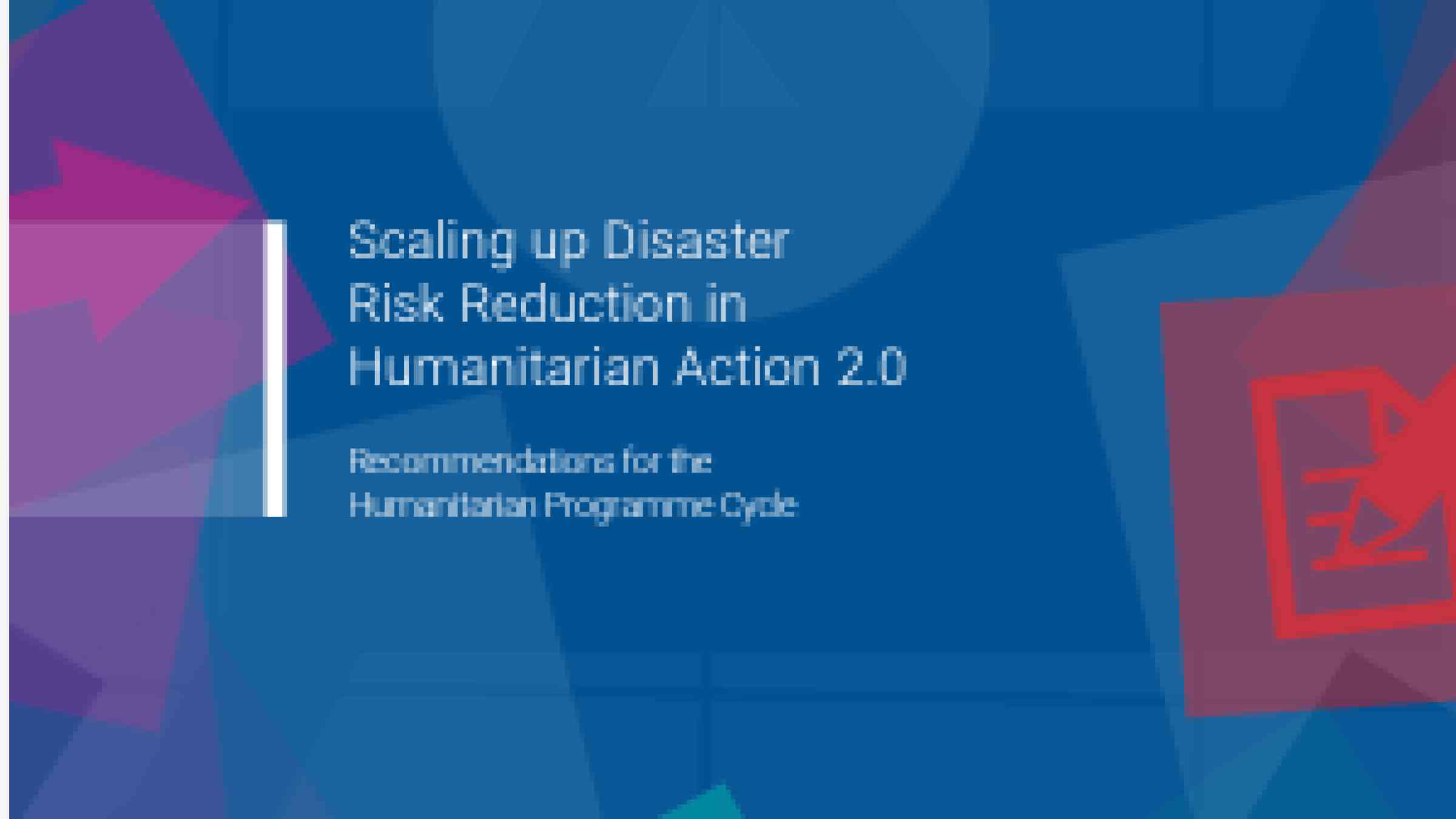
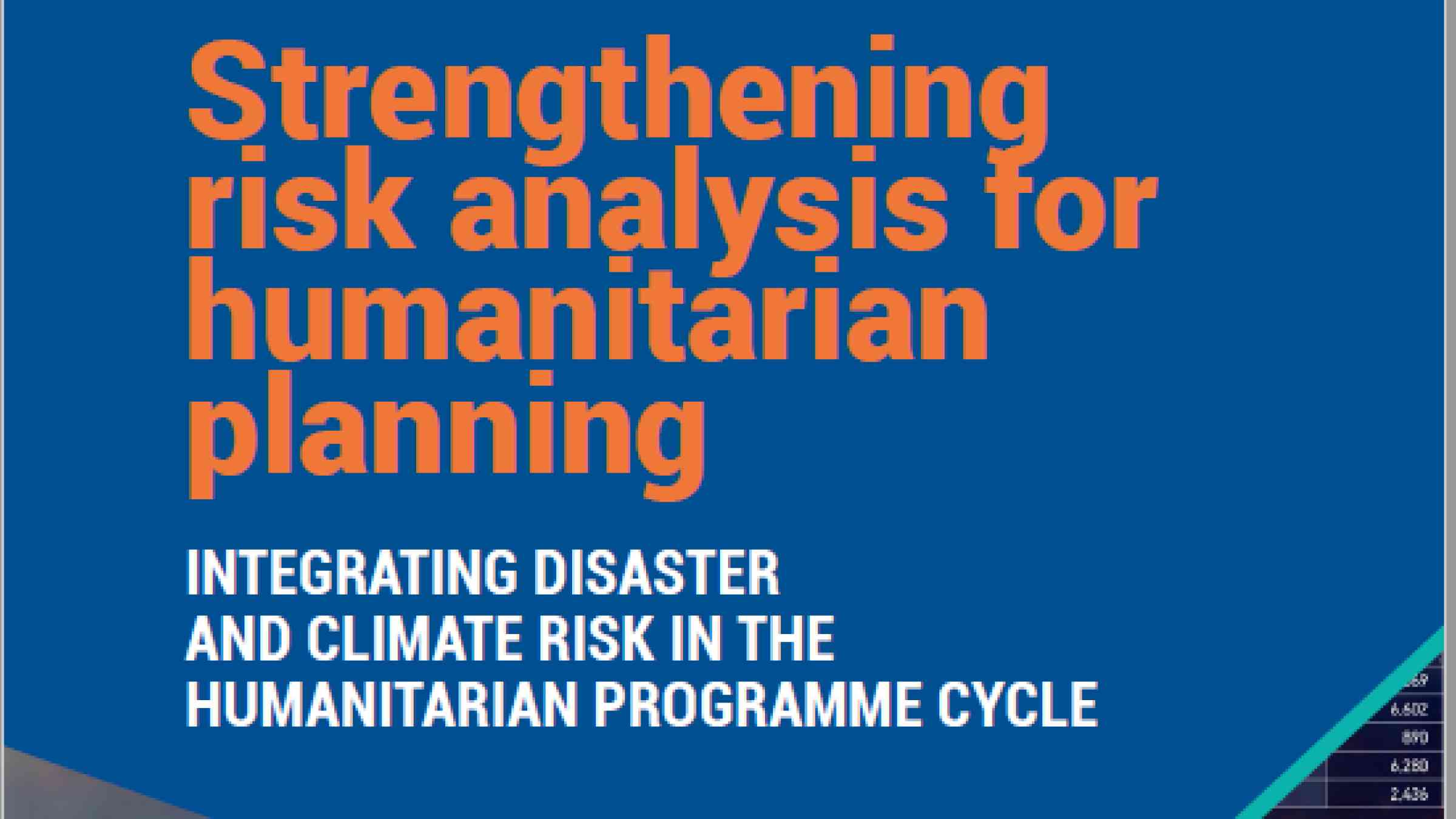
Read the case studies
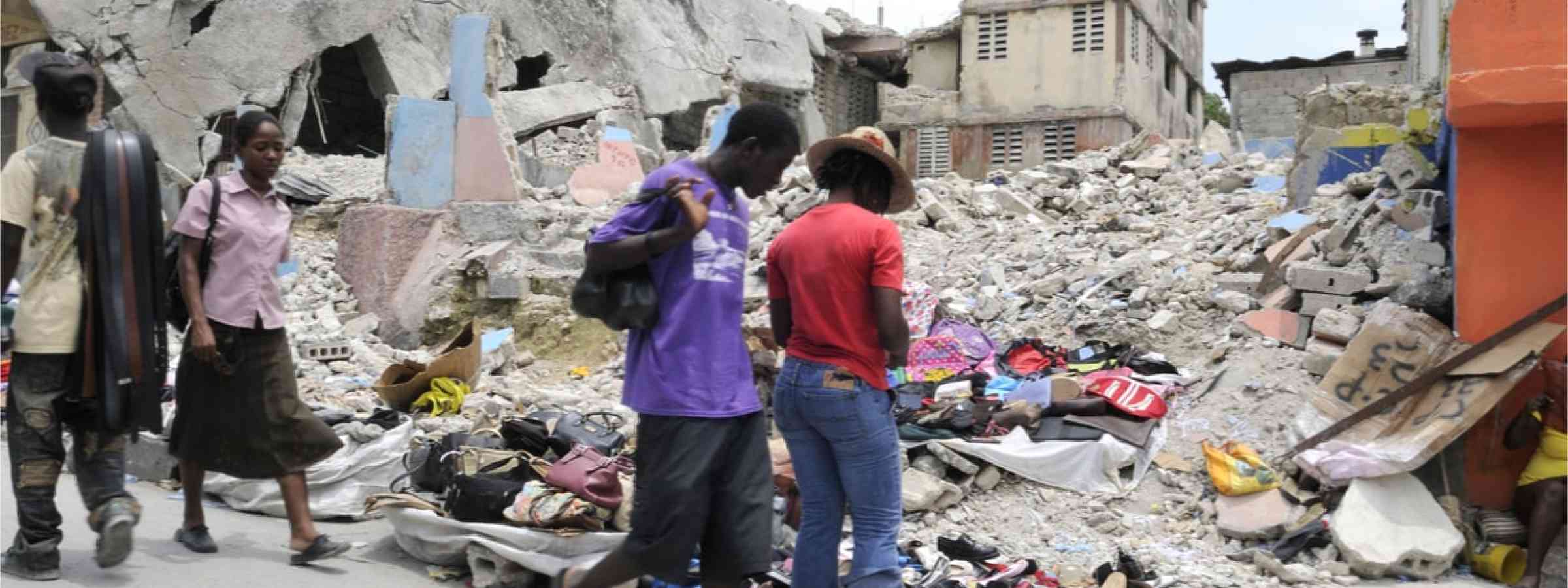
Haiti
After the 7.2 magnitude earthquake in August 2021, the Haitian government requested support for the development of a post-disaster needs assessment (PNDA), led by the International Labour Organization with guiding principles for sector-level analysis and recovery strategy discussions. Recommendations focused on community participation, harm avoidance in unstable environments, long-term conflict-sensitive approaches, and nature-based solutions for sustainable jobs. Additionally, a conflict sensitivity module was added to the PDNA Training for the Employment and Livelihoods Sector.

Nigeria
OCHA's Information Management Unit created a risk analysis data tool in the "KoBo Toolbox" for the Humanitarian Needs Overview. This tool analyzes risks, determines the likely evolution of the humanitarian situation, and informs response analysis in the Humanitarian Response Plan. Mapping risk severity and timelines helps in understanding seasonal effects and supports risk-informed planning. Access constraints mapping aids analysis beyond the observed range, classifying the residual severity level of assessed areas.
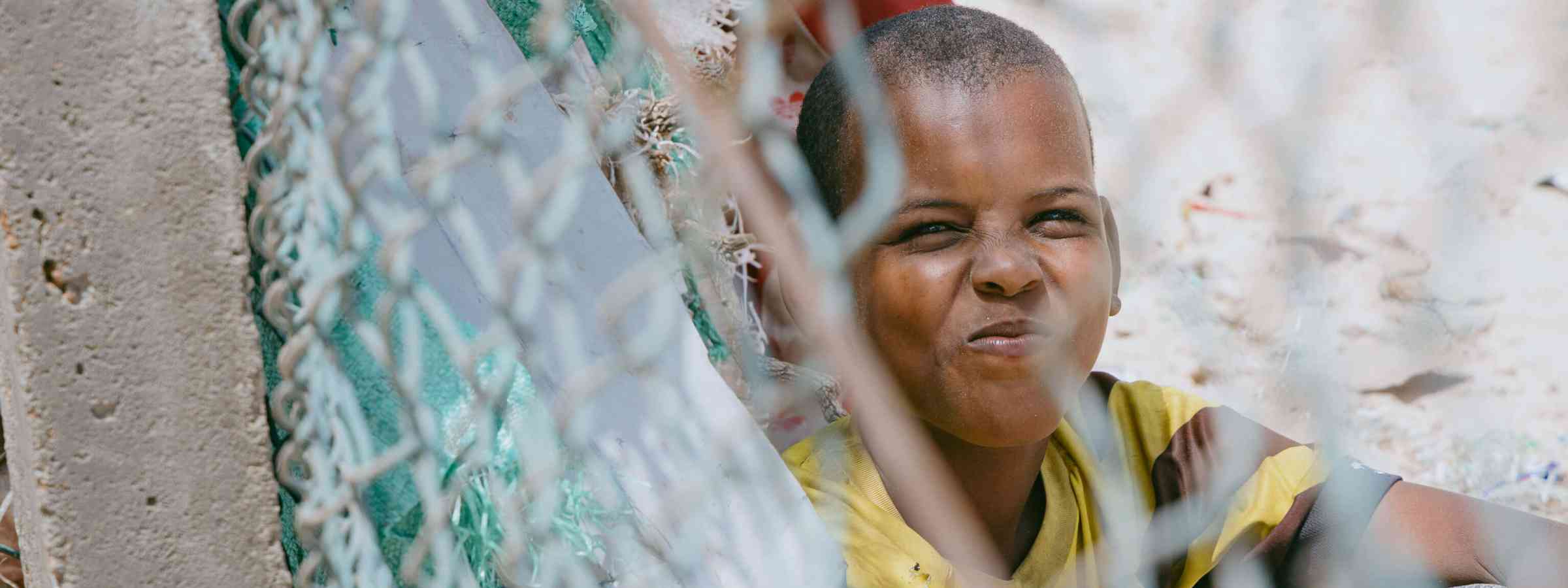
Somalia
The Shelter Cluster (resilient shelter provision) is a synchronized approach across the nexus, is contributing to durable solutions and is better value for money. It advocates for shelter options that are safe, private, and dignified to mitigate displacement impacts in protracted crises. In Somalia, the Shelter Cluster is urging stakeholders to focus on transitional and durable solutions via owner-driven, area-based approaches. Key activities include coordinating land ownership for IDPs, community-based settlement design, owner-driven housing construction, and providing conditional cash-based interventions and technical support for safe shelters.
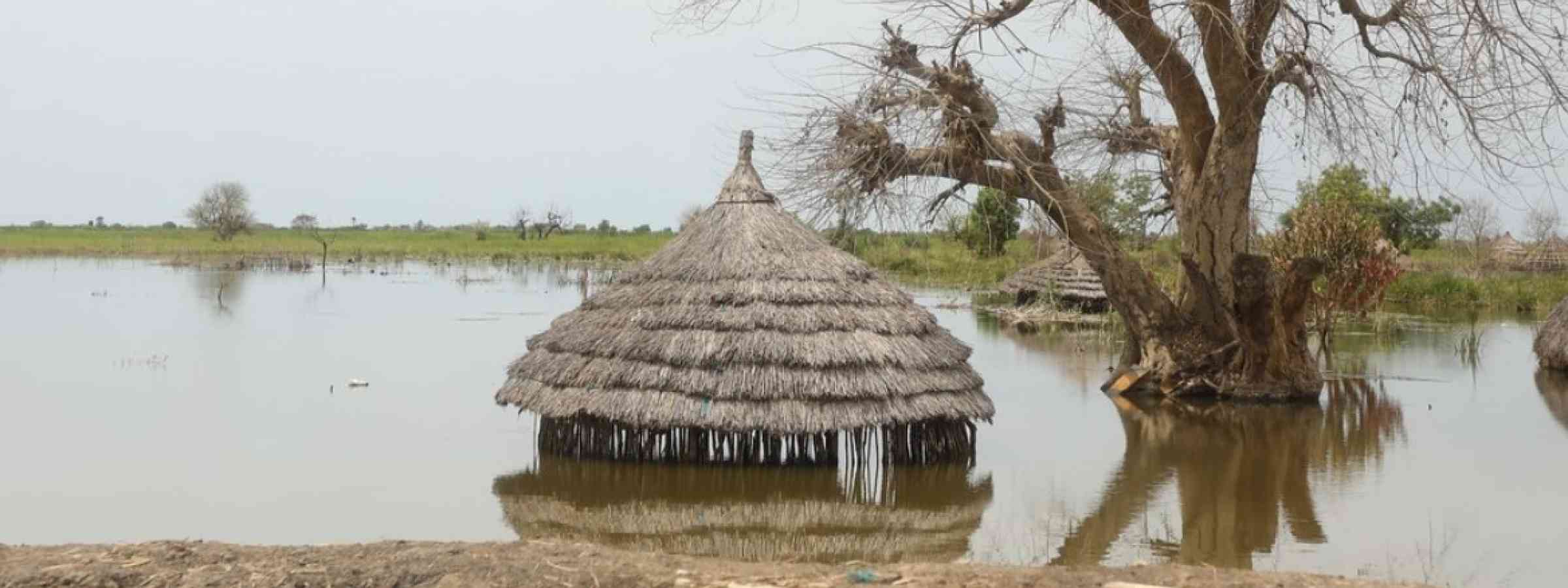
South Sudan
In 2022, the South Sudan Risk Working Group was in stablished upon the recommendation of the Programme Management Team and the UN Country Team. It brings together focal points from UN Agencies, Funds, and Programmes to enhance shared understanding of disaster risk. The group seeks to streamline the consolidation of national risk data, enhance collaboration on risk data and analytics across sectors, fortify the analysis of interconnected risks within UN frameworks, facilitate agreement on effective risk reduction interventions, and contribute to capacity building in risk data, analysis, and management.


